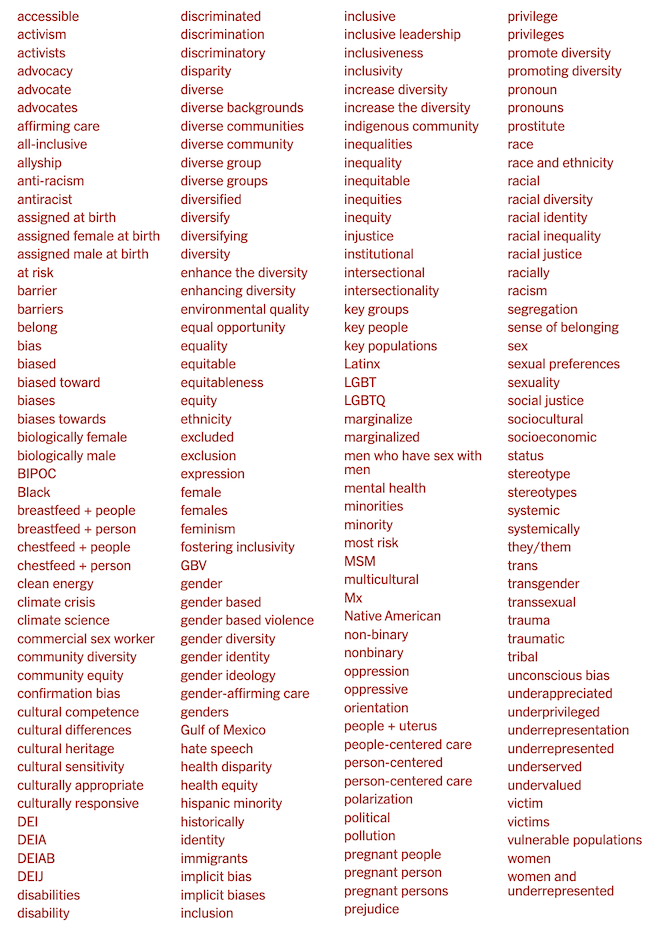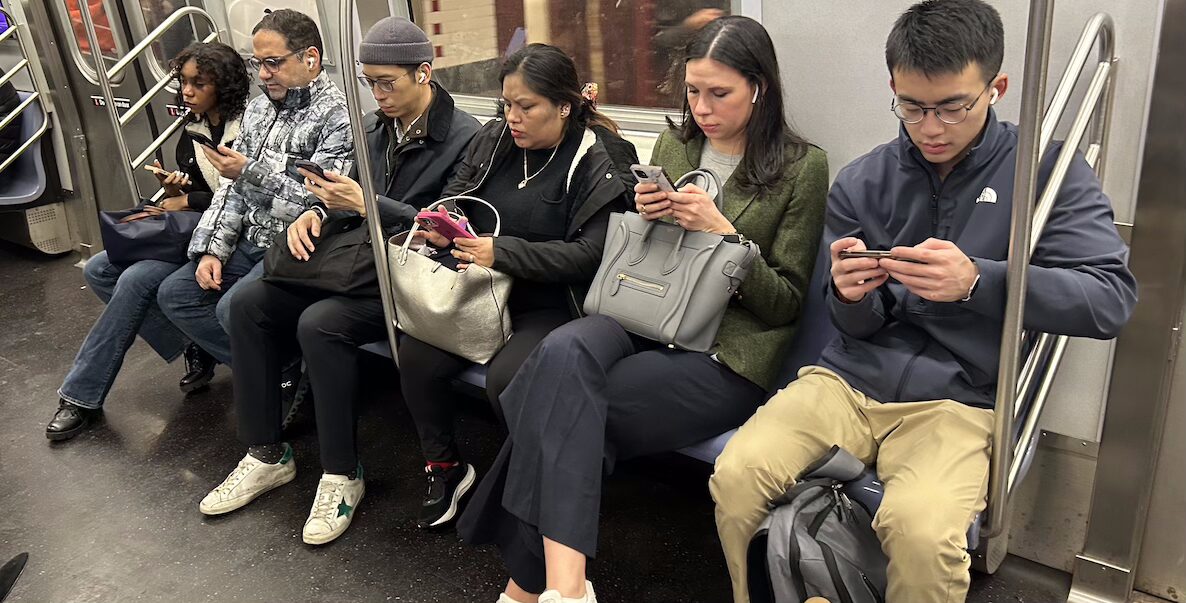Last week, Main Street America’s conference came to Philadelphia, and I listened to presenters and attendees from major cities and towns of 5,000 people grapple with the same fundamental challenge: How do you build a sense of community when it seems like so much these days is an obstacle to it?
Outside the conference, the world was dazed by the news of tariffs and the prospect of a global trade war. And online, people debated a memo written by the CEO of Shopify, a huge e-commerce platform, where he stated no new employees will be hired unless it’s proven AI can’t do the job.
These might seem like three distinct anecdotes, but of course, they’re intertwined.
One reason so many American communities are struggling today is that we never developed good strategies to combat the downsides of a globalized economy. These places were well suited to an economy where people shopped on main streets every day; but once people began shopping at Walmart and then on Amazon, many struggled to adapt.
If that sounds like old history, consider how at this very moment we’re struggling to adapt our downtowns to a post-pandemic economy with more remote work, shopping and culture. This next economic transition with AI will create a whole new set of winners and losers and is bound to profoundly affect our cities and towns as well.
While many of the conference sessions were focused on pragmatic issues, such as ways to restore historic properties, support small-scale manufacturing, and use visitor data to inform local programming, I found within these ideas for main streets a need for a bigger voice and vision for society.
Language matters
For the past month, there has been a lot of discussion about Ezra Klein and Derek Thompson’s book, Abundance, and whether the Abundance framework of high-return public investments and smart deregulatory reform will be one that can help Democrats win elections. I think Abundance will resonate in cities, particularly expensive, strong-market cities, but its focus on building new housing and infrastructure seems out of step with the preponderance of places that don’t necessarily need something new — they need to repair what’s already there, whether that’s a vacant office building or an abandoned auto shop on a small-town main street. These holes in our communities may not objectively mean much on a profit-and-loss spreadsheet, but they are powerful symbols of decline and disruption that people see every day.
I’ve already written about how we need a politics of repair, but we also need some kind of language that combines a concern for the physical world, with a concern for how people connect (or don’t) in our communities. We don’t only need to repair our main streets, it’s clear we also need to repair people — whether that’s kids who grew up with a phone-based childhood or adults with increasing levels of depression.
Much of the language of the left has become tainted. It’s abhorrent how the Trump administration has banned roughly 200 words from government websites, and in doing so pressured many entities dependent on federal funding, such as universities that receive grants or contractors who work with the government, to do the same. Yet, even if we resist this censorship, we also need a new vocabulary that isn’t going to feel loaded or coded every time it’s used. I think the freshness of “abundance” accomplishes some of that.

But if abundance isn’t quite the word for what many Americans need, what is the descriptor for the world that so many of us want?
- where people have lots of housing choices so their friends and family can live close to each other and better care for their kids or parents
- where we make it easy to run a brick-and-mortar business so people have local, in-person jobs and reasons to be out in their neighborhoods
- where restoring old properties that matter to communities is not financially impossible, overly regulated or complex
- where we invest in public spaces not only for green spaces, but because they are where people form and maintain friendships
- where we make streets safe to walk on or bike along so that people, particularly kids, can meet up with others in person, rather than online
- where we address social disorder, so that people don’t need to retreat into private spaces to feel safe.
The best term I can think of for this vision is “prosocial.”
It’s a way of pushing back on the decades of American policy and practice that have promoted antisocial communities. We have invested heavily in highways rather than transit and sidewalks. We only allow single-family homes in many neighborhoods, making it that much harder to have a walkable community or to live near our care networks. We let our public infrastructure rot, making it harder for kids to find safe in-person places to hang out, so they’re left online. We put up numerous barriers to running brick-and-mortar businesses while we let the online world run amok.
What is prosocial policy?
Nearly every local, state and federal department, whether housing, transportation or commerce, has the opportunity to develop policies that are more prosocial. If the Trump administration has applied its pronatal lens to several policies — distributing Department of Transportation funds to communities based on birthrates, prioritizing less expensive IVF to build families, and proposing higher child tax credits — a prosocial framework could help unify disparate policy areas into a more coherent approach.
Prosocial housing policy could mean zoning that enables communities to better foster human connection, whether through accessory dwelling units, building types that offer shared amenities and spaces, or more walkable neighborhoods.
A prosocial commerce strategy would focus funding not just on typical investments in jobs and plants, but on important commercial cores of small main streets and urban neighborhoods. These places have social importance but need support to reverse their economic stagnation. We need to more proactively support in-person businesses if they are to compete with online ones.
Transportation funding could be deployed to support more prosocial mobility — walking, biking, public transportation — rather than antisocial highway infrastructure.
Beyond the public realm, a prosocial approach could be a compelling way to engage a cross-section of Americans on some of the most important social issues of our times. As we navigate hot-button issues such as the future of social media, young men, AI, and more, a prosocial lens might be a way to bridge the concerns of the left and the right. For example, social media age restrictions and banning cell phones in schools are issues that have gained support across the political spectrum. Naming these strategies as “prosocial”— because they foster positive, in-person social connection and community — might help people see across their political divides and see what they have in common.
As the left grapples with how to create a message that resonates in communities rural, suburban and urban, as it tries to engage people who feel socially isolated and economically left behind, claiming the term “prosocial” might help.
And if you’re not with the idea, what are you — antisocial?
![]() MORE FROM THE NEW URBAN ORDER
MORE FROM THE NEW URBAN ORDER




